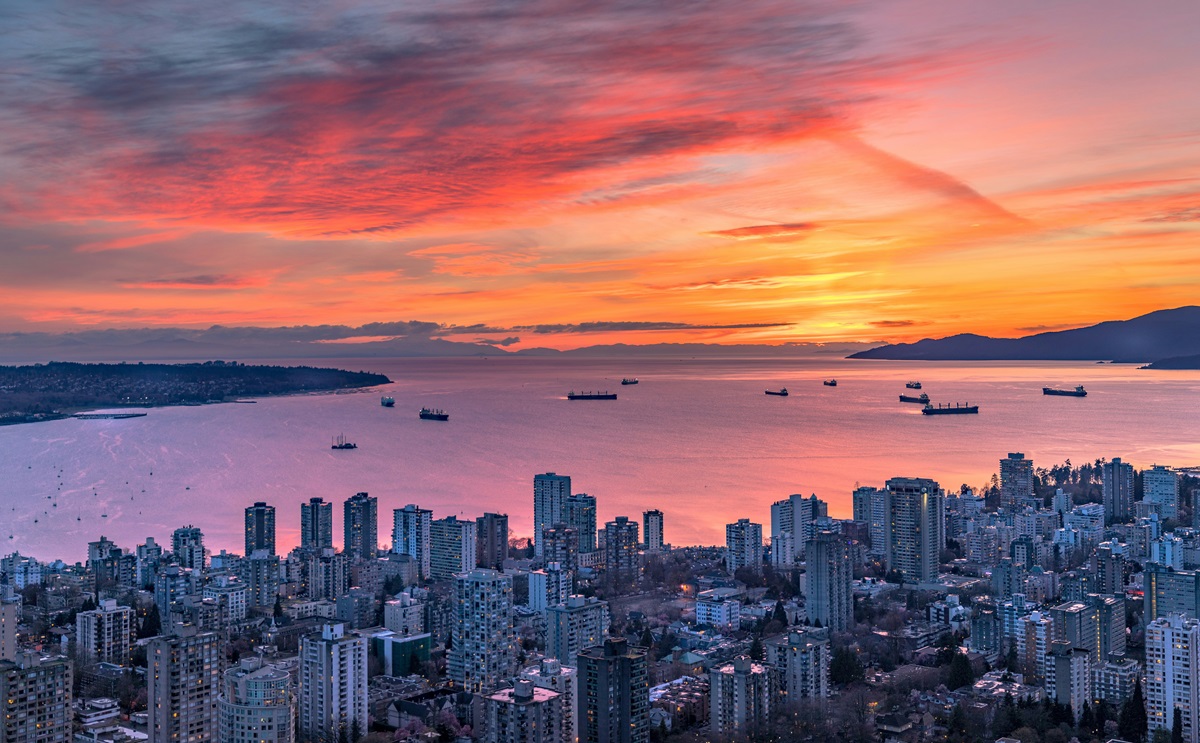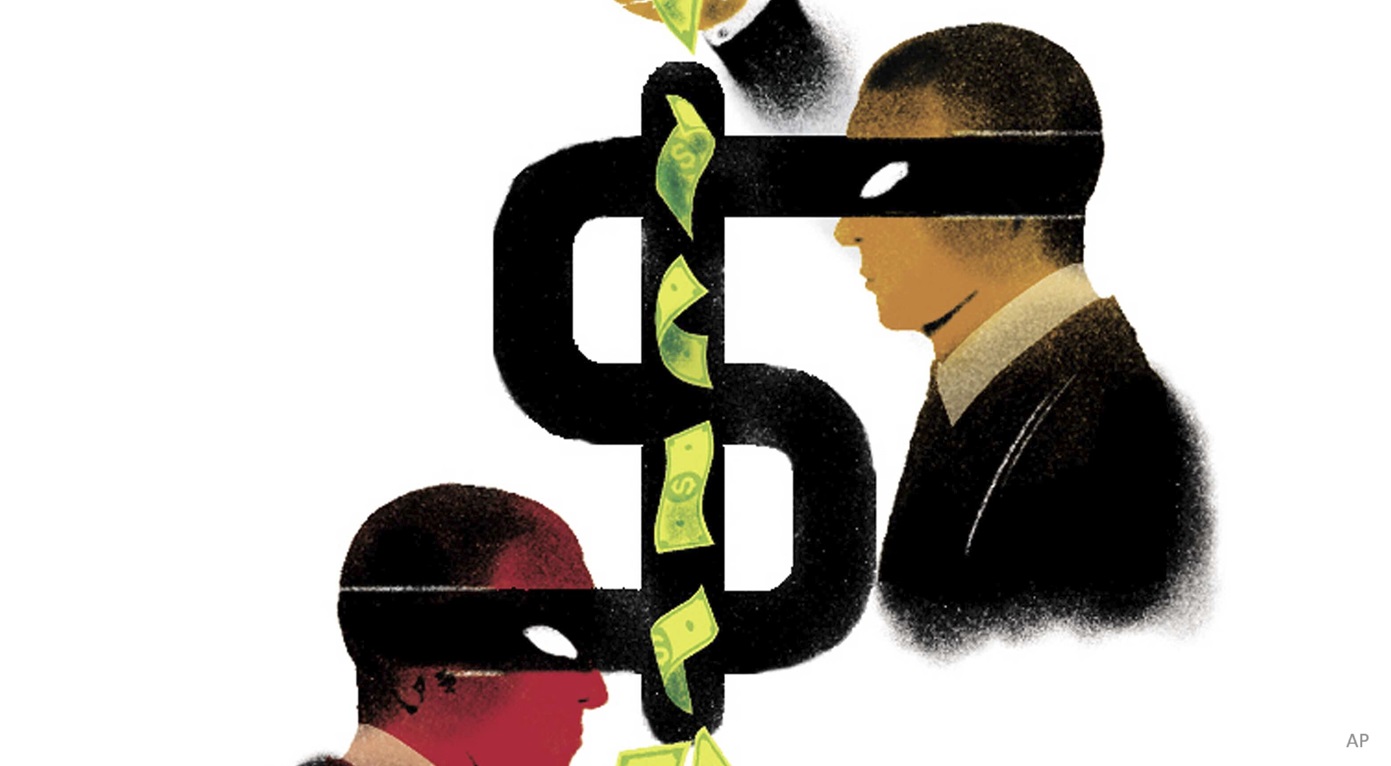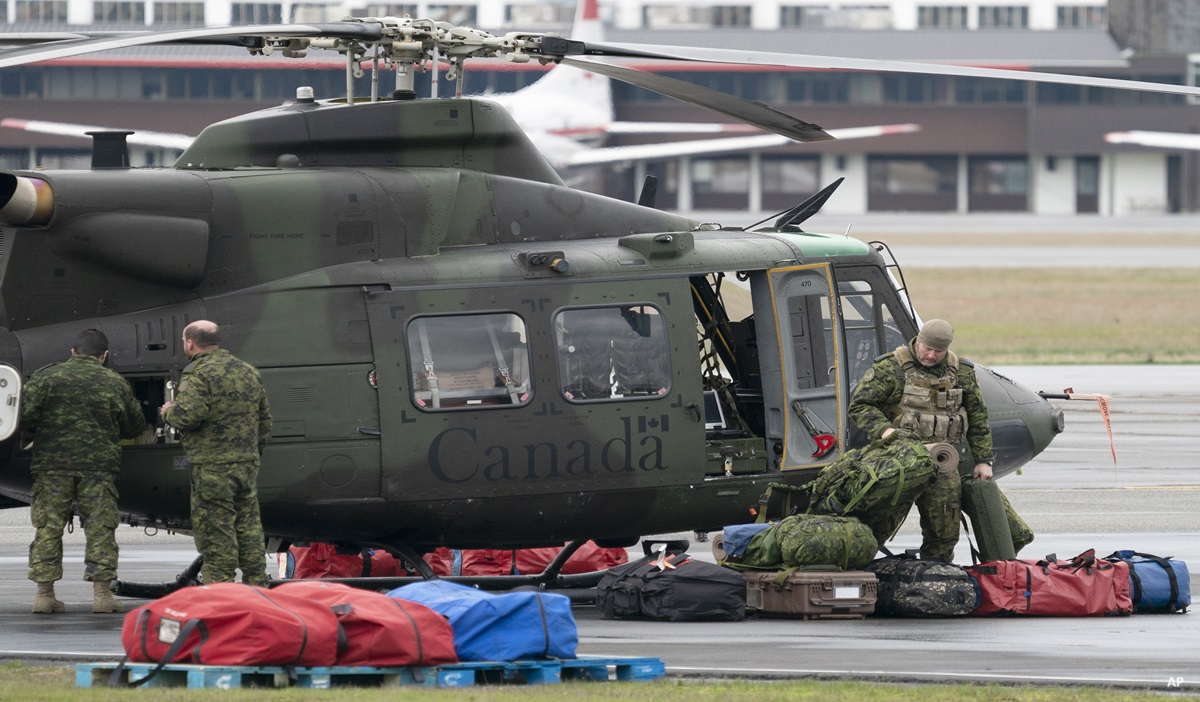A large majority of Canadians believe they are insured against floods like the ones we've witnessed in recent years in Alberta, Ontario and Quebec. They are wrong. And that error will prove increasingly costly.
Most are not insured for the simple reason that insurance against overland flood damages simply did not exist in Canada as recently as 2015, the year that two insurers -- Aviva Canada and The Co-operators -- introduced products for the Canadian market. Previously, according to Flood Insurance in Canada, a research paper published by the Insurance Institute of Canada in 2016, Canada was the only G8 country which did not have overland flood insurance for homeowners.
Many have "water damage" coverage, insurance and health writer Indrani Nadarajah noted in the paper she authored. But that emphatically doesn't include floods originating from rivers or lakes that overflow or from heavy rainfall, something most homeowners discovered only after the fact in recent catastrophes.
What these citizens did have was coverage against water damage resulting from water-main breaks, hot-water tank failure, sewer-system backups or seepage of surface water, Nadarajah wrote. Nowhere was overland flood coverage to be found.
Ignorance prevails. A recent survey of 2,300 Canadians by Partners for Action of Waterloo University revealed that "only 6% know they live in a designated flood-risk area, and only 21% believe that the risk of flooding will increase over the next 25 years."
Yet, about 10% of Canadians live in high-risk areas, says Craig Stewart, vice-president of federal affairs at the Insurance Bureau of Canada (IBC). "High risk" means that "a significant damaging event is likely to occur with a return period of 100 years," notes Rob Wesseling, CEO of The Co-operators, in Guelph, Ont. A recurrence frequency of once every 100 years might not seem too bad, but a respectable number of citizens reside in even worse spots where expected recurrence of flooding is once every 40 years, or even 20 years.
And the frequency of severe floods will only increase, according to climate-change experts and insurers. It has already increased dramatically. "The draw on government assistance (the only coverage available up to 2015) has increased from around $30 million in the 1970s to $100 million in the 1990s and to $600 million this last decade, says Stewart. "And the rise in insurance claims from water damage is similar."
What you can do if you're at risk
What are at-risk Canadian homeowners to do? The first obstacle to overcome is the present state of ignorance, as the Partners for Action study highlights. A national flood-risk strategy should be developed "by communicating the risks of flooding for homeowners through publicly available flood-risk maps and disclosure during real-estate transactions."
However, despite repeated requests made to IBC, Morningstar was unable to obtain what Stewart described as Canada-wide maps developed by insurance companies that show higher-risk areas.
The Co-operators has an online tool that enables homeowners in Alberta and Ontario to obtain a flood-risk assessment by entering their postal code. The Floodtools website can also give a good risk estimate.
"Most insurers are collecting their own data, but I understand that the government is reluctant to classify flood zones for fear of what it would do to real estate prices," says Chris Rutherford, director of claims at the wholesale insurance broker Burns and Wilcox Canada, in Toronto.
Flood coverage can be costly
Clients should actively question their insurance broker about the availability of flood insurance, and expect it to be costly if they happen to live in a high-risk area. Of course, for 90% of Canadians, flood coverage will not be expensive, only in the range of $100 or $200 a year depending on the level of risk, notes IBC's Stewart. "But if you live in a flood plain and an insurer knows this, he adds, then you can expect that it will be expensive."
How expensive? Premium cost is established not on the market selling price of a residence, but on its reconstruction cost. Keeping that in mind, for a house with a replacement tag of $250,000 located in an area with an estimated flood return frequency of 20 to 40 years, Rob Wesseling gives the example of a yearly cost that could easily reach $5,000, or even more. And that price doesn't include other expenses like cleanup or temporary relocation, he notes.
It is very unlikely that such a price tag can be reduced by spreading it across other risks, such as fire, theft or hail damage. "If you're in a high-risk area, your flood risk remains your flood risk," insists Wesserling.
Calling on peer-to-peer insurance could be an alternative, but that remains to be tried out. At P2P insurer Besure, in Calgary, there are currently no flood-risk pools. "We have no requests for flood insurance at this point and a research to find self-insurance groups in the United States found nothing," reports Almin Kassamali, director of marketing and communications at Besure, in Calgary.
However, Kassamali thinks that "there could be an advantage to initiating something." Compared to the cost with an insurance company, a peer-to-peer pool of homeowners at risk of flood damage could probably contribute to bring costs down, "but there would need to be a large sample set," Kassamali says.
However, the same issue about flood recurrence will remain, Stewart notes. "Would you support someone who you know will be flooded every 20 years?" he asks.
Out of harm's way
"There's only one solution, Stewart adds: stop building in predictable harm's way." For those who are already at risk, the only alternative is to reduce the cost of water damage. How? By elevating the furnace above ground level, for example, advises Tia Becker, manager of personal insurance at Burns & Wilcox; by installing sump pumps and a power generator backup; by grading terrain around the property to move water away from it; and by making sure all drains around the house are free.
Municipalities can also minimize risk, and citizens can pressure them to do so. For example, High River, Alta., which suffered its worst flood in 2013 after repeated events, proceeded to build high hills on both sides of the river, Wesseling reports.
And once catastrophe hits, homeowners can call on provincial and federal government assistance, but should not entertain inflated expectations. For example, following the recent Gatineau floods, the Québec government increased its aid for home damages to $200,000. And owners can have the government "buy" their house -- but only after catastrophe has hit, for a maximum of $200,000, to which $50,000 can be added for land value.
It's a generous support. But if the market value of your house is $600,000 or more, that leaves a lot of money under water.





:quality(80)/cloudfront-us-east-1.images.arcpublishing.com/morningstar/Q3KIND5VXRCNHHH6JQHCCYBSSA.png)









